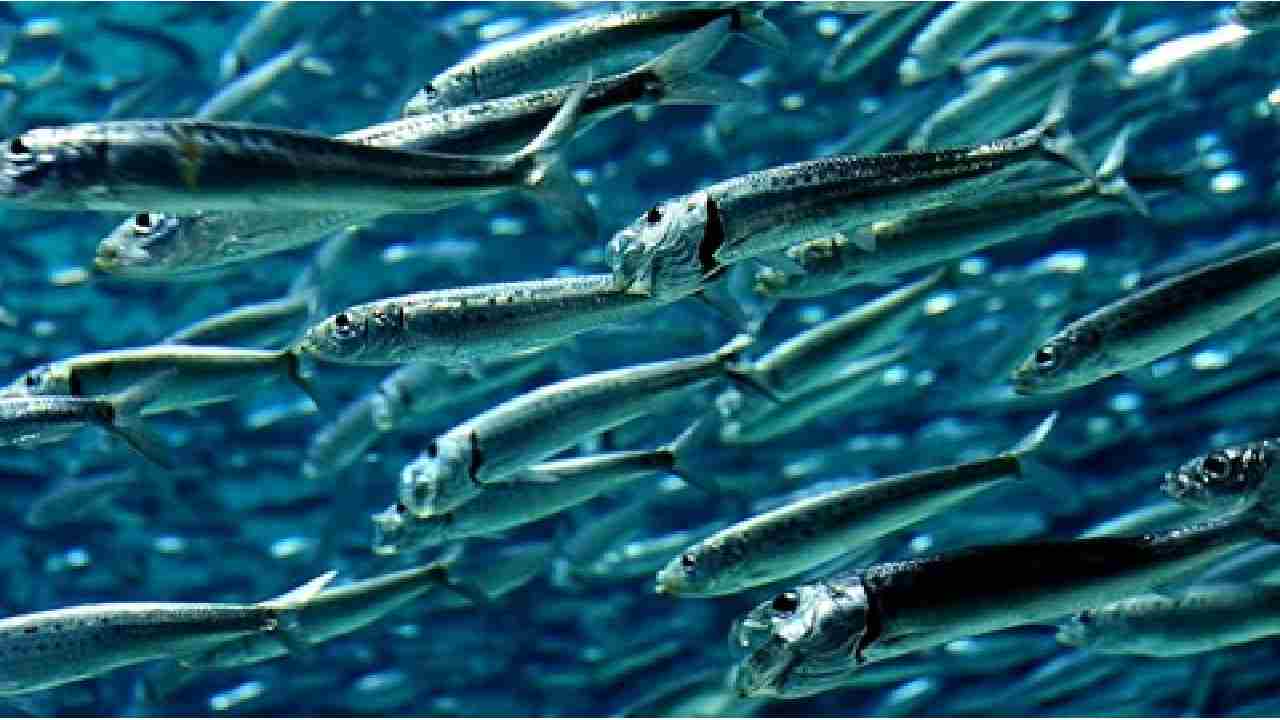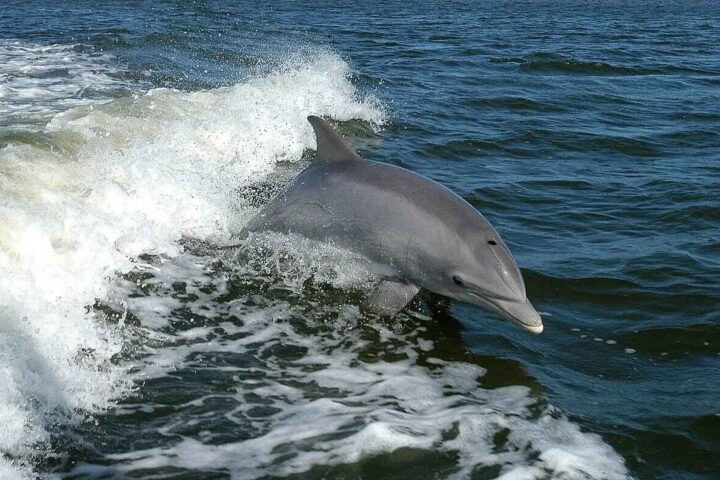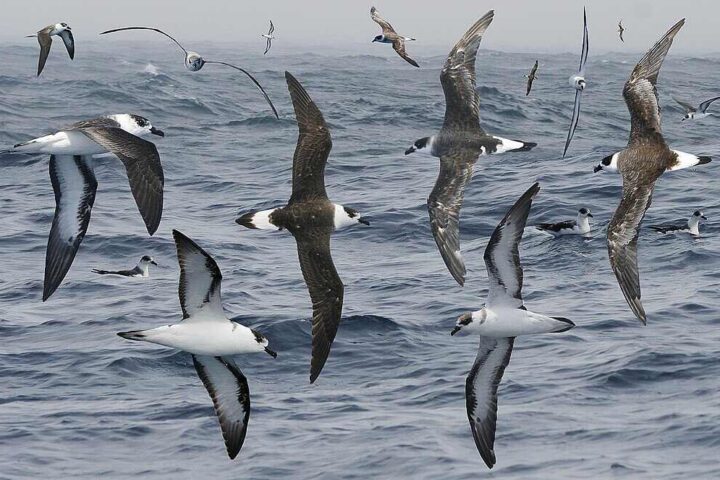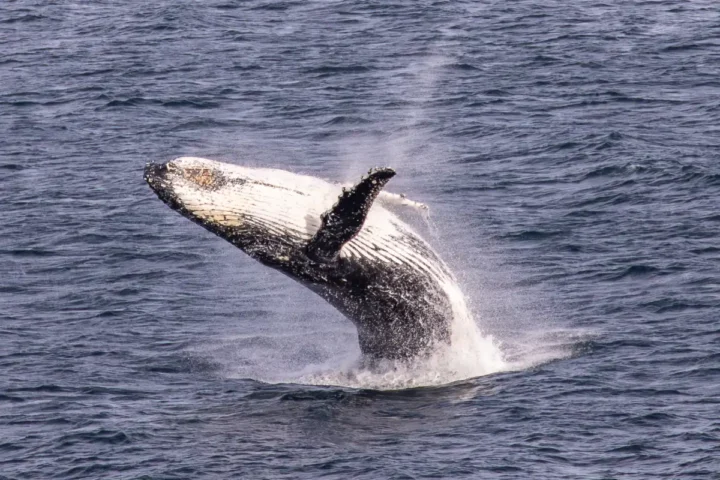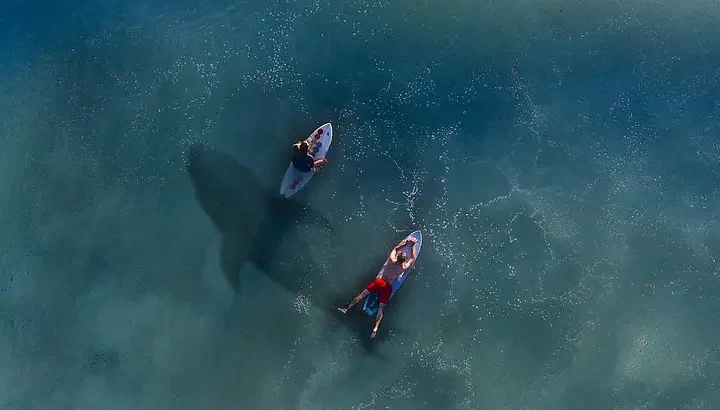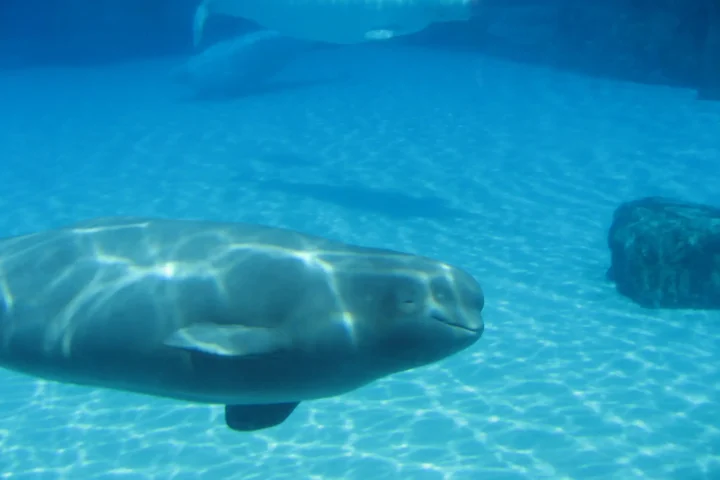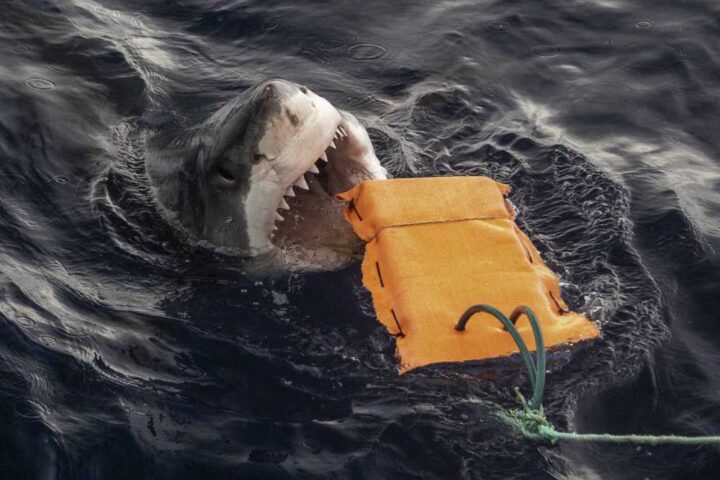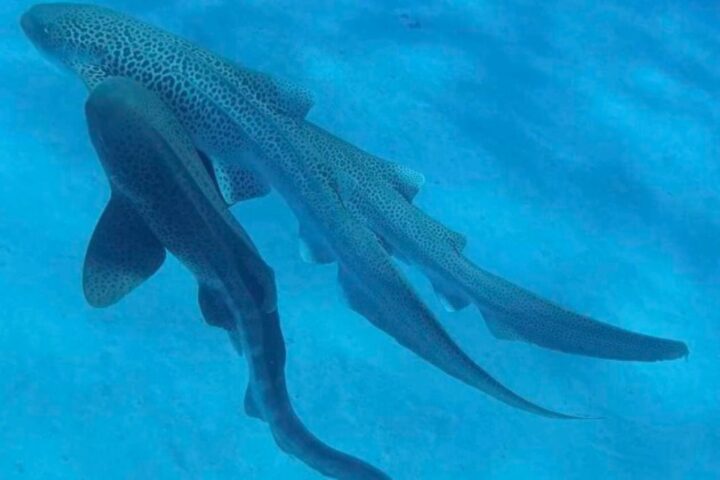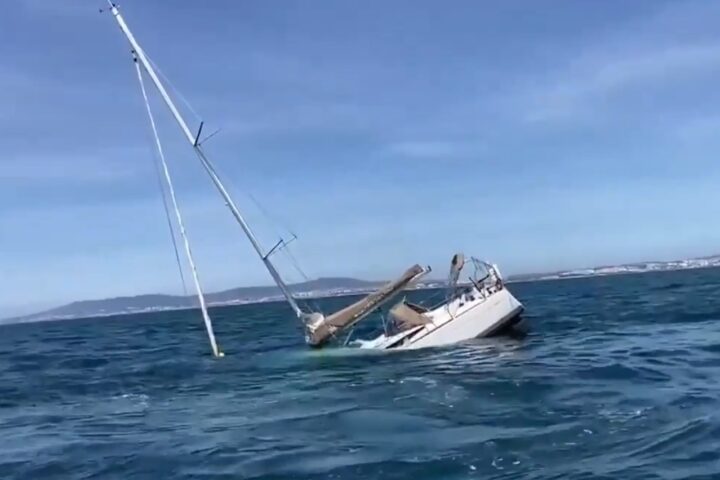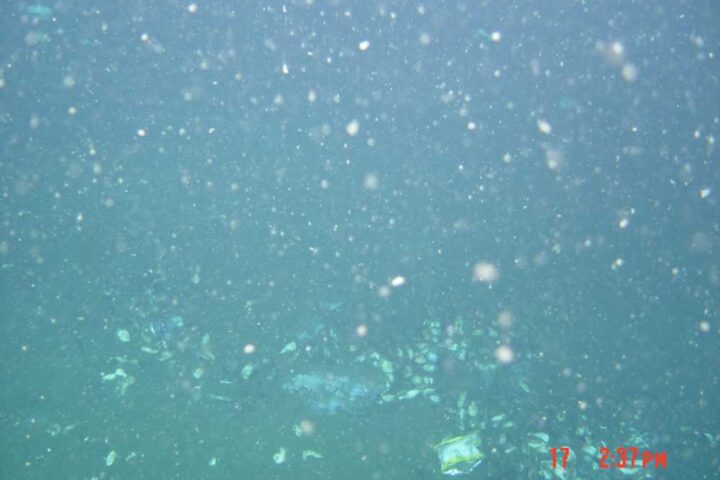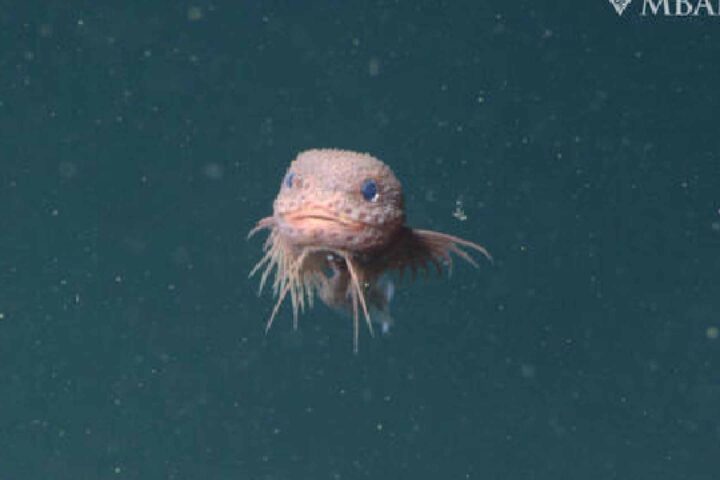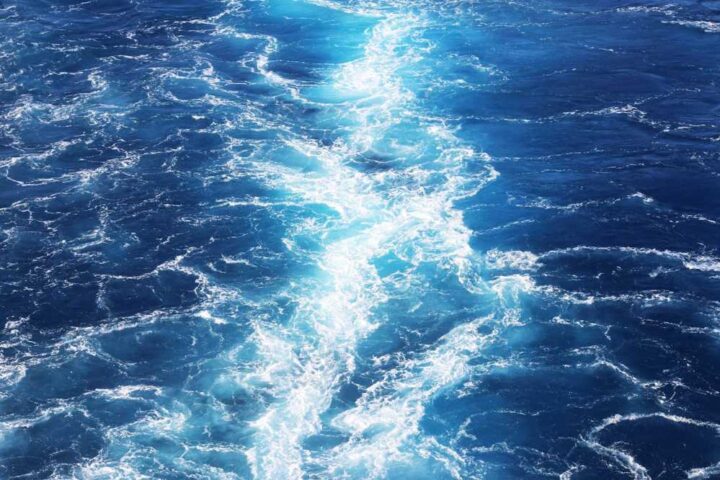Ocean oxygen levels are dropping at an alarming rate, threatening deep-sea fish populations and potentially disrupting the ocean’s ability to store carbon. This warning comes from a new international study that examined how marine ecosystems responded to past periods of low oxygen.
Researchers from the Universitat Autònoma de Barcelona led a team that studied fossil remains of lanternfish preserved in Eastern Mediterranean seabed sediments dating back over 10,000 years. Their findings, published in the journal Communications Earth & Environment, reveal a troubling pattern.
“The case of lanternfish clearly illustrates what may happen on a larger scale if ocean deoxygenation continues. If a group with such massive biomass disappears, other marine species are also likely to be at risk,” warns Sven Pallacks, the study’s main author.
Lanternfish might be small, but they pack a mighty environmental punch. With an estimated global biomass of 600 million tons, they may be the most abundant vertebrates on Earth by weight. These tiny deep-sea fish live in the mesopelagic “twilight zone” between 200 and 1,000 meters deep during daylight hours, then swim to the surface at night to feed on zooplankton.
This daily vertical migration plays a crucial role in the ocean’s biological pump – the process that moves carbon from the surface to the deep ocean. When lanternfish feed near the surface and then return to deeper waters, they transport carbon with them, helping the ocean absorb greenhouse gases.
The fossil record shows these important fish nearly vanished during periods of extreme oxygen depletion. They only reappeared in large numbers once oxygen levels increased again, around 6,000 years ago.
This historical pattern is concerning because current ocean oxygen levels have already fallen by approximately 2% since the 1960s. Scientists project oxygen levels could drop another 3-4% by 2100 if greenhouse gas emissions continue at current rates. Some regions have experienced much steeper declines of 20-50%.
The loss stems from two main causes. First, warmer water holds less oxygen and creates stronger layering (stratification) that reduces mixing between oxygen-rich surface waters and deeper layers. Second, nutrients from agricultural runoff and sewage trigger algal blooms that consume oxygen as they decompose.
Similar Posts
Oxygen Minimum Zones (OMZs) – areas naturally low in oxygen – are expanding both horizontally and vertically as the ocean warms. The IPCC projects these zones could grow by up to 7% by 2100 under high-emission scenarios.
For the mesopelagic twilight zone, this spells trouble. As these fish get squeezed between oxygen-poor deeper waters and predator-rich surface waters, their habitat shrinks dramatically.
“The results suggest that mesopelagic ecosystems are particularly vulnerable to oxygen loss,” the researchers note. “Their collapse could destabilize ecological balances in the ocean, impair its role in global carbon cycling, and pose a threat to marine biodiversity and global food security.”
The study brings together researchers from institutions across the globe, including Scripps Institution of Oceanography, Woods Hole Oceanographic Institution, McGill University, and several European universities.
Their findings highlight the interconnected nature of ocean health, climate regulation, and human well-being. With over 700 coastal sites already reporting low-oxygen conditions, scientists stress the need for both global action on climate change and local measures to reduce nutrient pollution entering the oceans.
As oceans continue to warm, the ancient story told by fossil lanternfish serves as a warning about our modern oceans – and the consequences if oxygen levels continue to fall.
